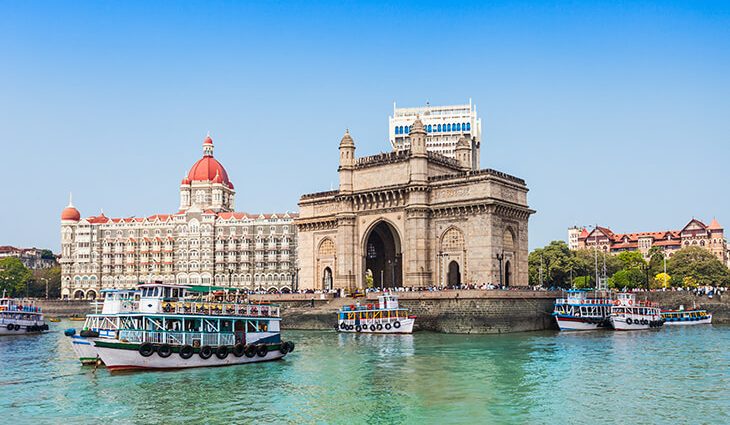Historical & Cultural Significance of Kandivali
Mumbai’s a city that houses localities that can be wildly different from others. We are all familiar with the iconic image of Dhobi Ghat, flanked by the city’s fanciest skyscrapers, serving as home to the city’s rich and famous. Mumbai has Fort, a locality that has colonial architecture that is beautifully preserved, the new-age spunk of Bandra Kurla Complex, and the prosaic beauty of Chuim Village, and Worli Gaon. Kandivali is another addition to the canvas of Mumbai, that adds a layer of beauty to the city, albeit a little towards the suburban end of it.
Early History

Kandivali as an area has been inhabited since the Stone Age. Artifacts unearthed from the region show prehistoric utensils and tools, which goes to show how rich the area’s history is.Once known as Khandolee, Kandivali was once renamed by the Portuguese as Condolim.
The Kandivali station, which is still very much in use today, was actually built in 1907, over a hundred years ago. The quarries in the area bore “Malad Stone”, which was used to build some of the most iconic buildings of Mumbai, such as the David Sassoon Library.
Largely regarded as an agriculture area until the 1940s and 1950s, Kandivali back then housed local inhabitants who were largely Maharashtrian. Soon enough, this changed, as Kandivali is now home to Anglo-Indians, Gujaratis, and many more diverse communities.
Early 1920s and Mid-Century Shifts in Kandivali
After the First World War, there was a boom of industrial opportunities in Mumbai. The industrial boom attracted expats and migrants from the nearby state of Gujarat. Traders in commodities and entrepreneurial families moved to Mumbai, even then touted as a major commercial hub.
They chose to settle in Kandivali for its clean water, fertile soil, cooler climate and accessibility. As time , Gujarati settlements soon exceeded the number of Maharashtrian aborigines.
The Parsis, too, decided to buy land in the area.
Soon enough, the real estate boom of the 60s and 70s led to even more people opting to move to Kandivali. The solo homes and cottages soon turned into formal housing complexes, and the area continued to develop more and more, now having 1 BHKs, 2 BHK and 3 BHK homes, along with row houses and community homes.
Kandivali today
Today, Kandivali has a lot of swanky projects on the Western and Eastern ends of it, owing to the fact that it is a comfortable and accessible place to live in.
After all, Kandivali is accessible by every mode of transportation that Mumbai offers – whether it’s by road, rail or the brand new Mumbai metro.
It is now known that Kandivali has lots of small townships, popular projects that are now landmarks, built by reputed builders such as House of Hiranandani. Being an area that offers superior quality of life, proximity to nature, and wonderful shopping and entertainment destination, a 2BHK or 3BHK in Kandivali is bound to appreciate to a high degree in the coming years, and therefore makes for an amazing property investment for the discerning buyer.


